Insects may be small, but some are capable of delivering pain, spreading disease, or causing serious allergic reactions. While most bugs you encounter in your backyard are harmless, a few can pose real dangers if provoked or mishandled. From venomous stingers to disease-carrying biters, here are 14 of the most deadly insects in America—and why you should steer clear.
1. Mosquito: The Tiny Disease Carrier
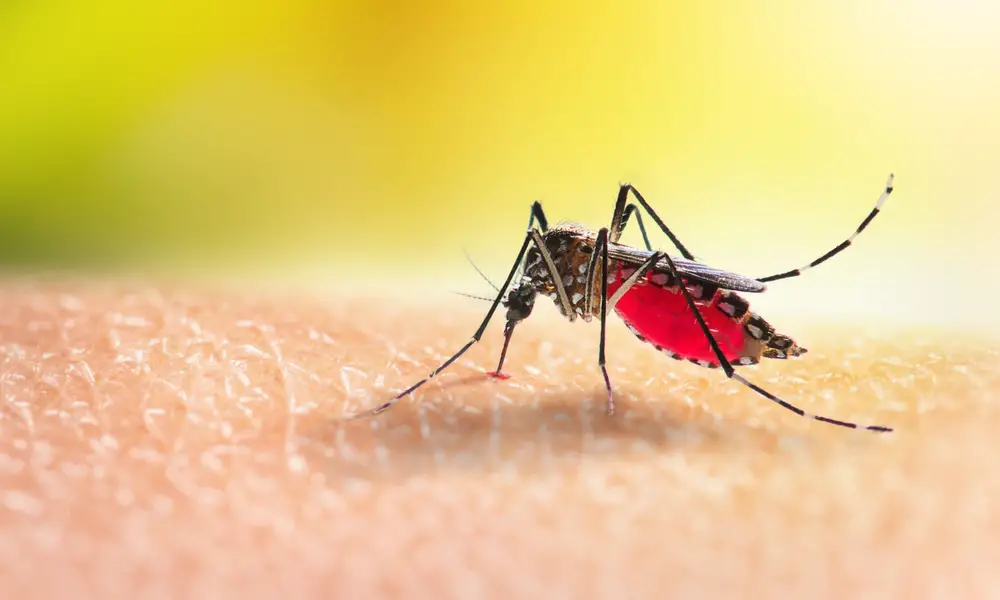
Mosquitoes may be small, but they’re among the deadliest insects worldwide. In the U.S., they transmit diseases like West Nile virus, Zika virus, and dengue fever. These tiny bloodsuckers thrive in warm, wet climates and often bite unnoticed, leaving behind itchy welts—or worse, a dangerous infection. Preventing standing water and using repellents are your best defenses against these stealthy pests.
2. Africanized Honeybee: The “Killer Bee”
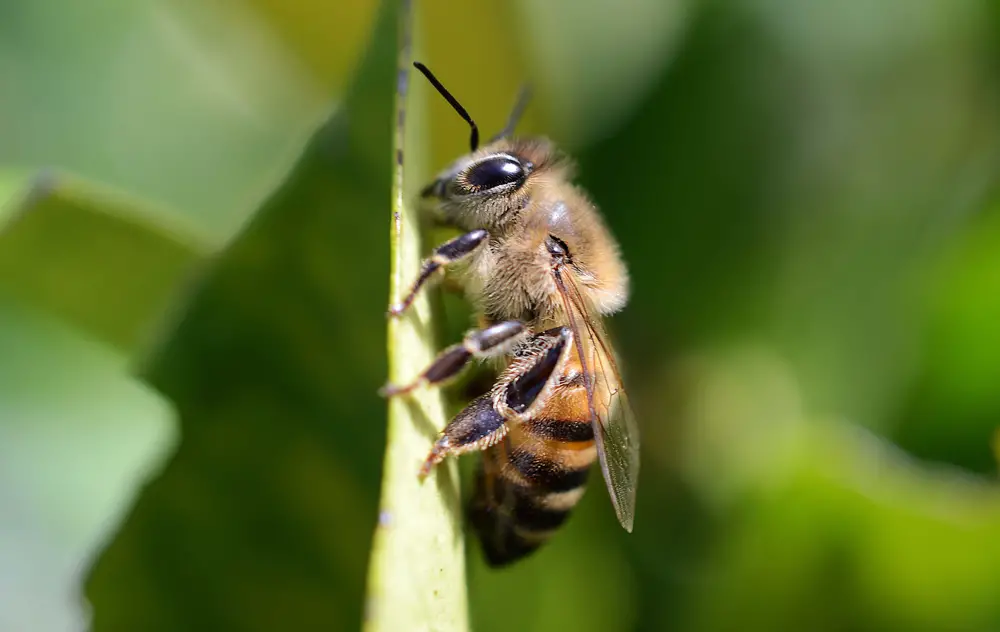
Nicknamed “killer bees,” Africanized honeybees are highly aggressive and quick to defend their hives. While their venom isn’t more potent than that of regular bees, their tendency to swarm in large numbers makes them particularly dangerous. Found in southern states like Texas and Arizona, these bees can chase victims for long distances if provoked.
3. Black Widow Spider: The Neurotoxic Stinger
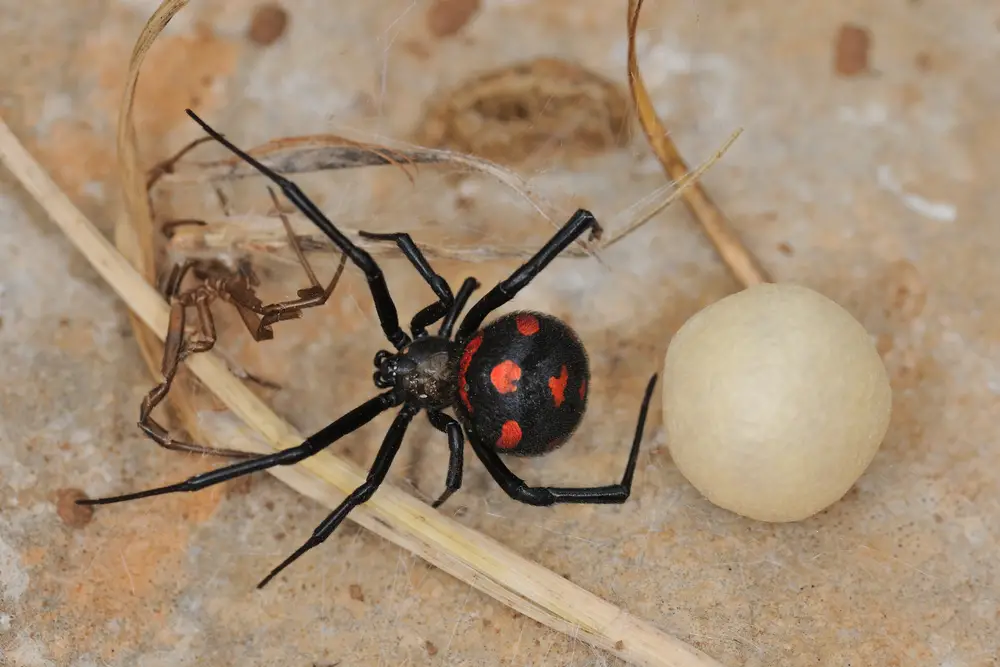
Technically an arachnid, the black widow deserves a spot for its venomous bite, which contains a powerful neurotoxin. Found throughout the U.S., these shiny black spiders with red hourglass markings can cause severe pain, muscle cramps, and even life-threatening symptoms in rare cases. While bites are uncommon, they’re nothing to take lightly.
4. Deer Tick: The Lyme Disease Vector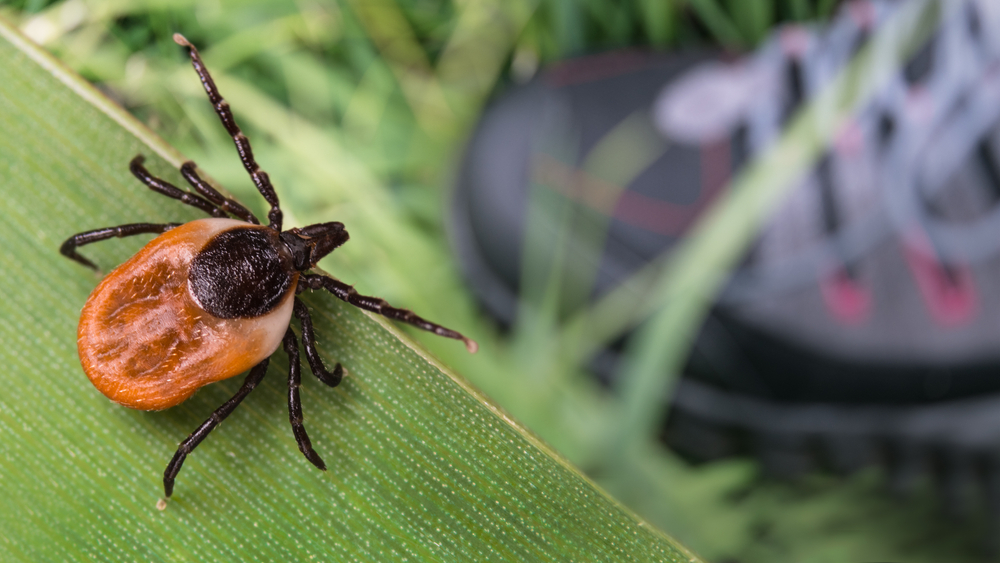 provided by Shutterstock
provided by Shutterstock
Deer ticks, also known as blacklegged ticks, are infamous for spreading Lyme disease, a serious illness that can cause joint pain, fatigue, and neurological issues. These ticks latch onto their hosts undetected, feeding on blood while transmitting dangerous bacteria. Found in wooded areas across the eastern and midwestern U.S., they’re a tiny but significant threat.
5. Brown Recluse Spider: The Flesh-Eating Recluse
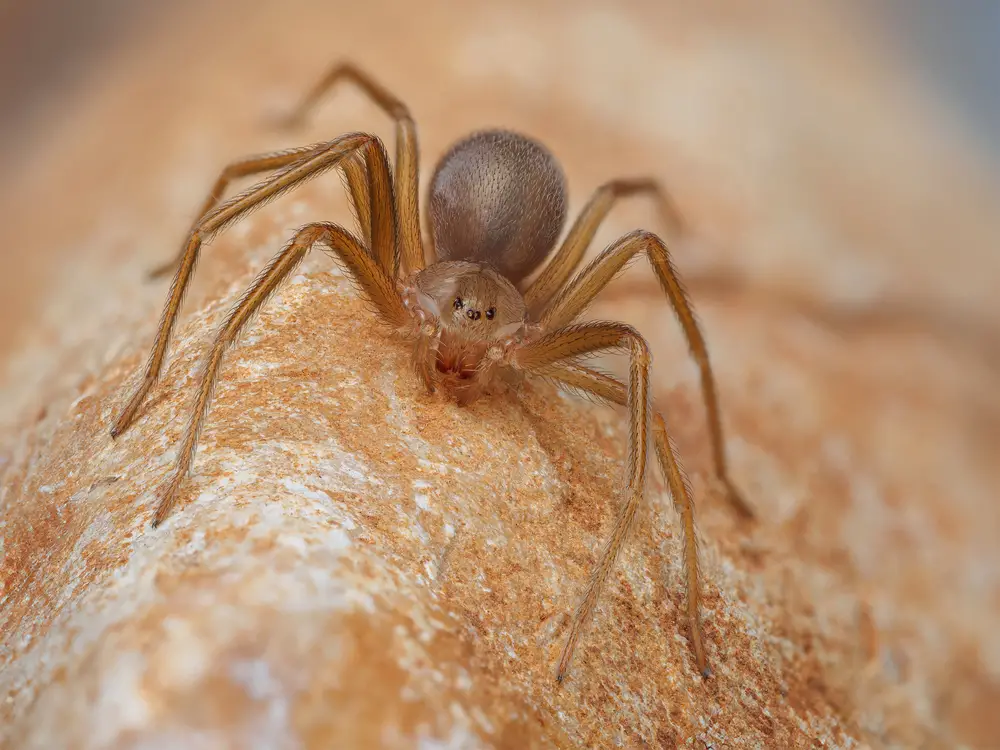
Another spider that earns its deadly reputation is the brown recluse. Its venom can cause necrosis—localized tissue death—leading to painful, slow-healing wounds. Found in the southern and central U.S., these small, reclusive spiders often hide in undisturbed places like basements, attics, and closets, making accidental bites all too common.
6. Fire Ant: The Burning Swarm
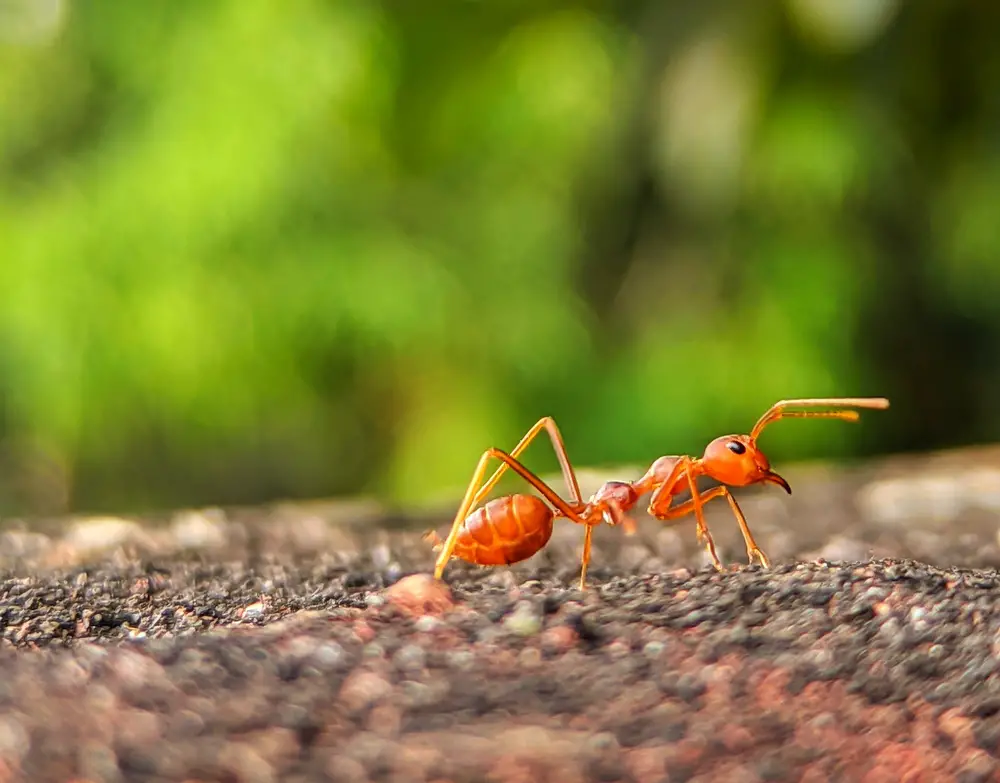
Fire ants are notorious for their painful stings, which feel like a burning sensation and can leave itchy pustules behind. These ants are highly aggressive and attack in swarms, delivering multiple stings that inject venom. For individuals allergic to their venom, a fire ant attack can lead to severe reactions, including anaphylaxis.
7. Bald-Faced Hornet: The Aggressive Protector
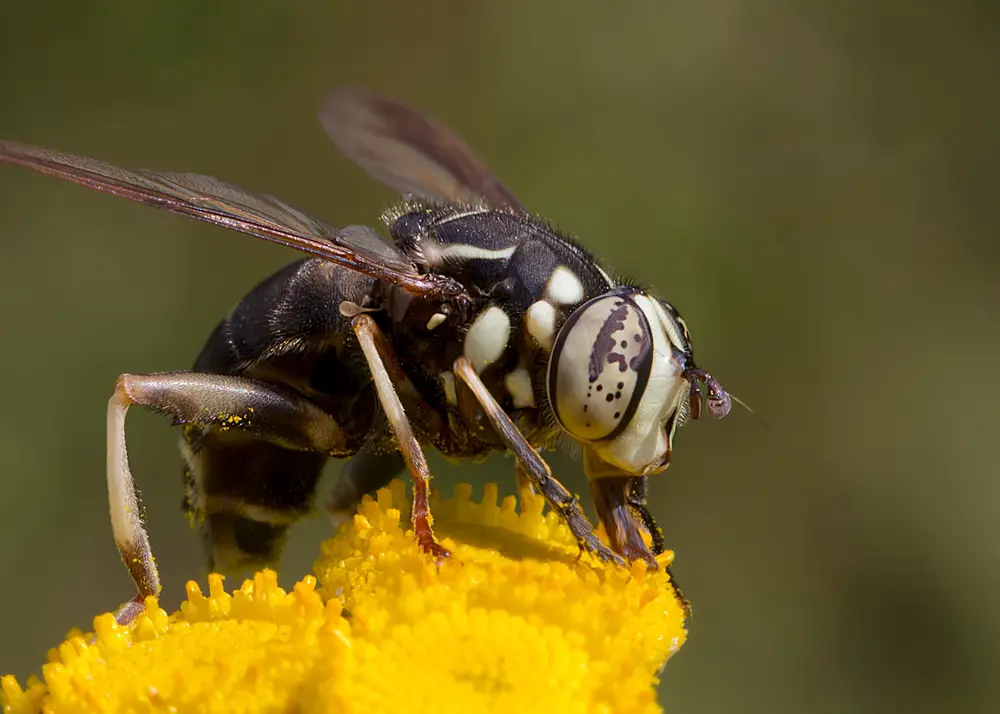
Known for their large, paper-like nests, bald-faced hornets are quick to defend their territory. Their stings are incredibly painful, and they can sting repeatedly without losing their venom. Found across the U.S., these hornets are particularly aggressive, making them a serious backyard threat if their nests are disturbed.
8. Assassin Bug: The Silent Disease Carrier
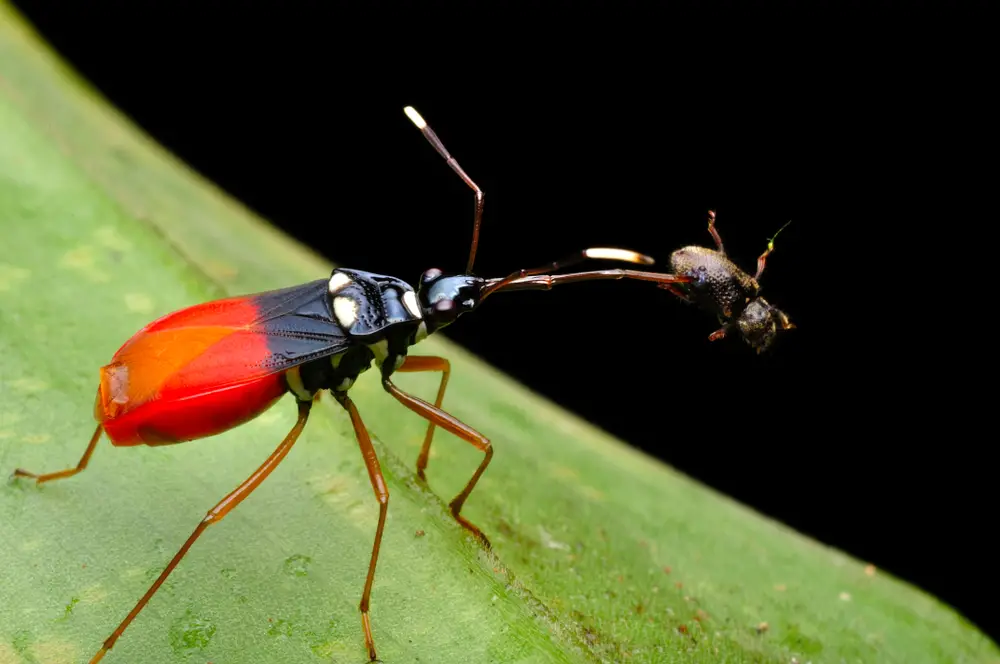
Also called “kissing bugs,” assassin bugs can transmit Chagas disease through their bites. Found in southern and southwestern states, they feed on blood and often bite around the mouth while their host is sleeping. Although the disease is rare in the U.S., it can cause severe complications, including heart issues, if left untreated.
9. Yellowjacket: The Persistent Stinger
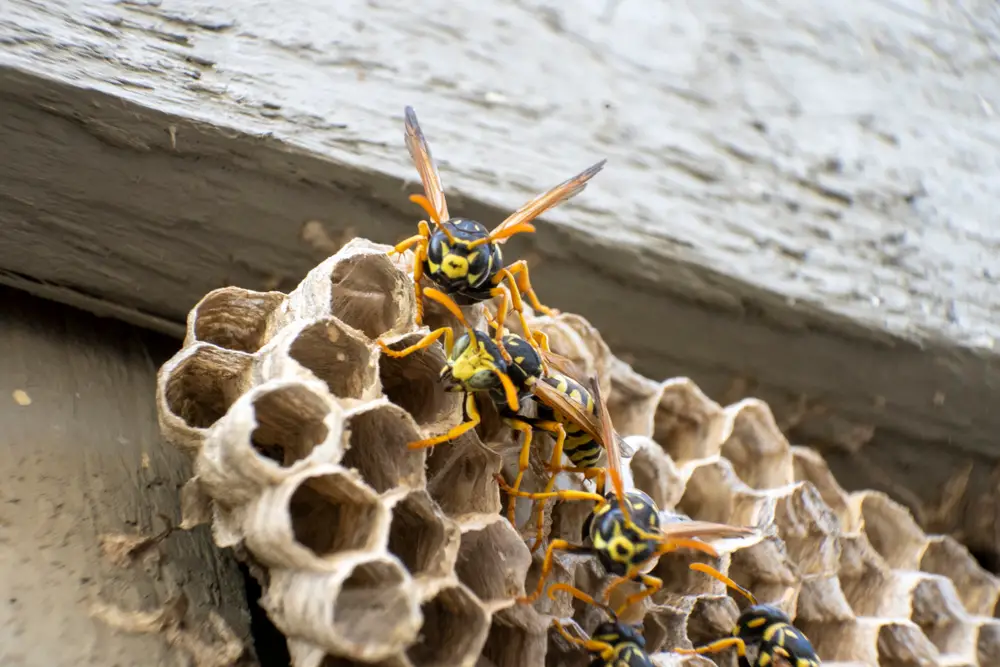
Yellowjackets are among the most aggressive stinging insects, and their venom can cause severe allergic reactions in some individuals. Unlike bees, yellowjackets can sting multiple times, delivering venom with each strike. They’re especially active in late summer and fall, often hovering around trash cans and outdoor food, making them an unwelcome picnic guest.
10. Giant Water Bug: The Toe-Biter
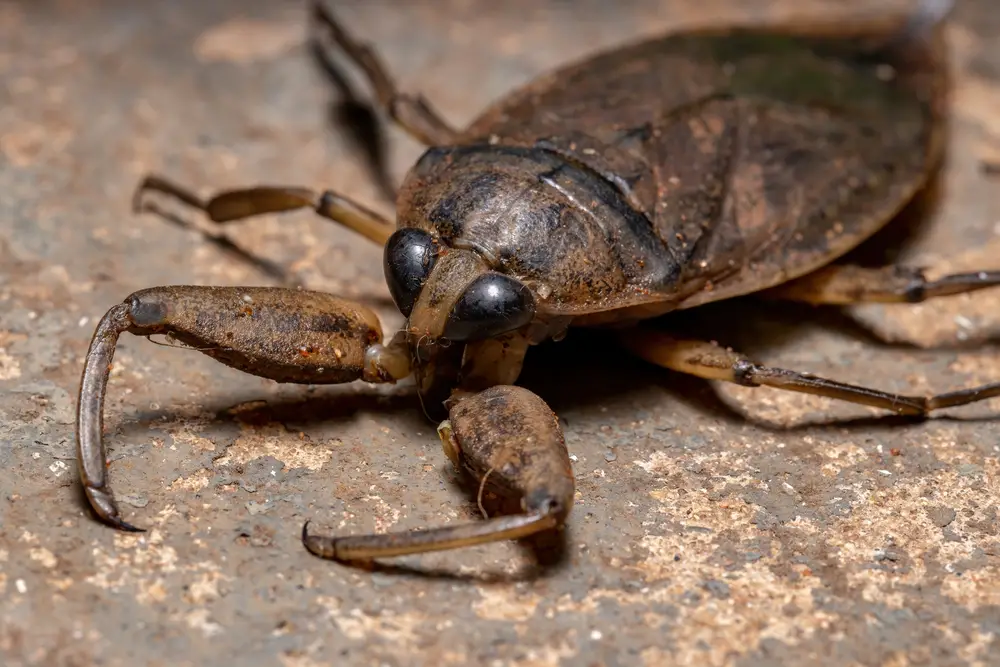
Giant water bugs, nicknamed “toe-biters,” may not carry venom, but their bite is excruciatingly painful. These freshwater predators use their strong pincers to inject saliva that liquefies their prey. Found in ponds and streams across the U.S., they rarely bite humans but will defend themselves aggressively if handled.
11. Velvet Ant: The “Cow Killer”
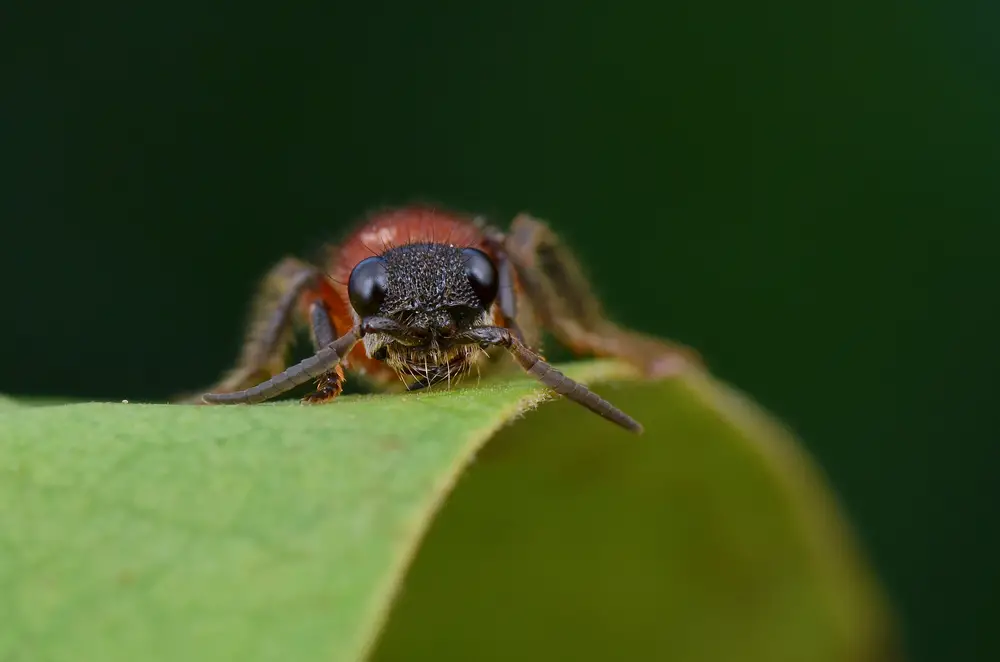
Despite its nickname, the velvet ant isn’t actually an ant—it’s a solitary wasp with a bright red, fuzzy body. Its sting is excruciating, earning it a reputation as one of the most painful stings in the insect world. Found in southern and western states, velvet ants are non-aggressive but should be admired from afar.
12. Horsefly: The Blood-Drinking Pest
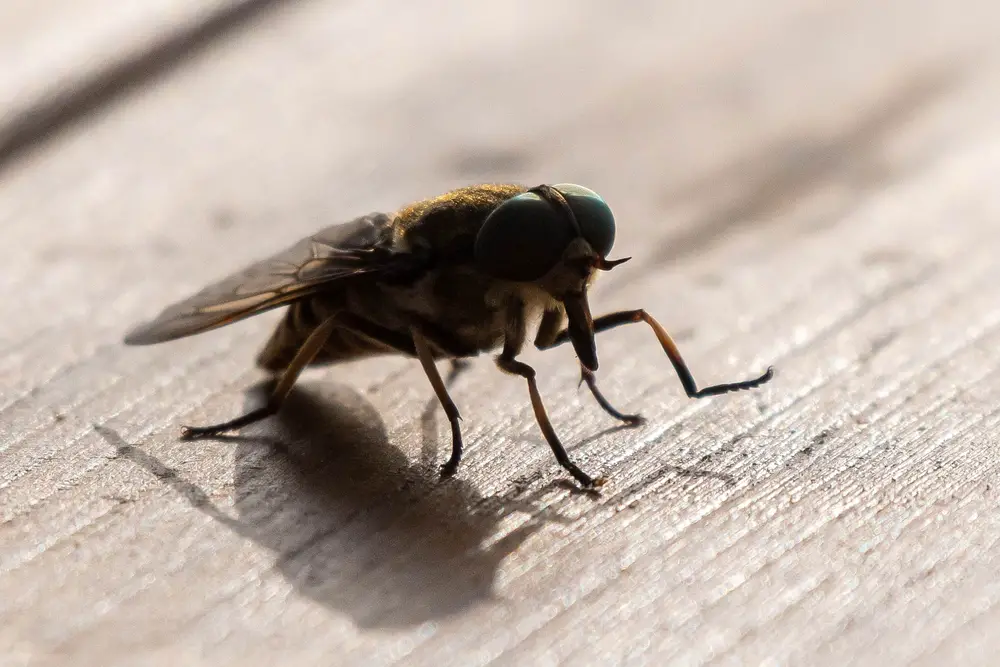
Horseflies are large, aggressive insects with a painful bite. Their razor-sharp mouthparts cut into the skin to draw blood, leaving behind itchy, swollen wounds. While their bites are generally harmless, horseflies can transmit diseases to livestock, making them a nuisance for farmers and pet owners alike.
13. Arizona Bark Scorpion: The Venomous Stinger
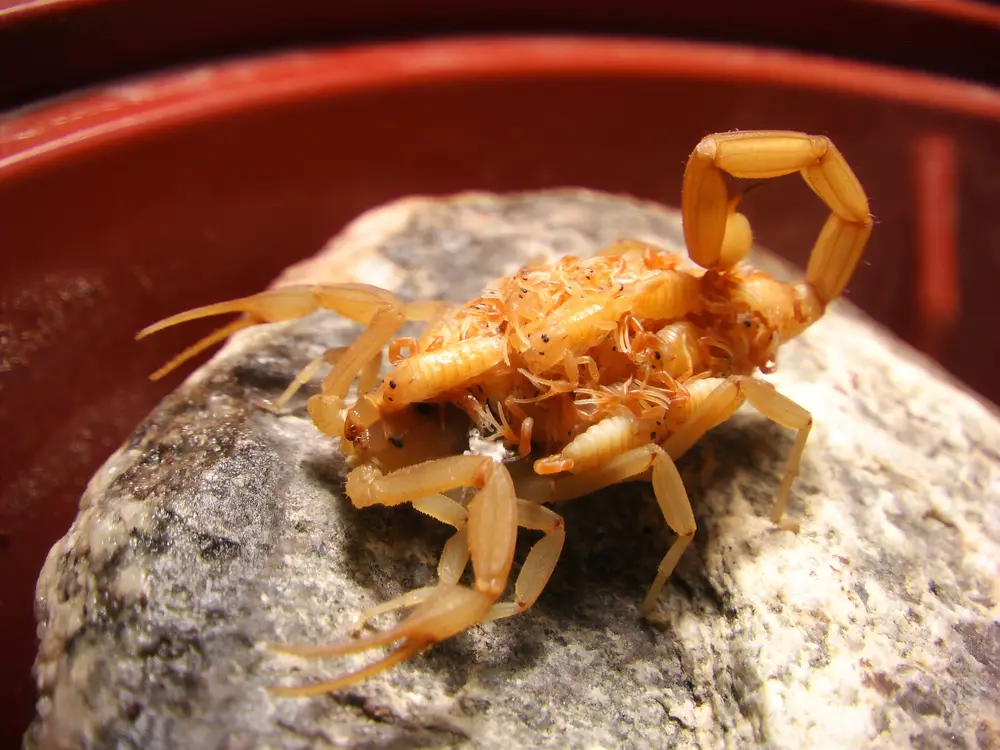
Although a scorpion, the Arizona bark scorpion deserves mention for its venomous sting, which can cause intense pain, numbness, and severe symptoms in sensitive individuals. Found in the southwestern U.S., this nocturnal predator often hides in shoes or under furniture, making accidental stings a real risk.
14. Goliath Birdeater Spider: The Intimidating Giant
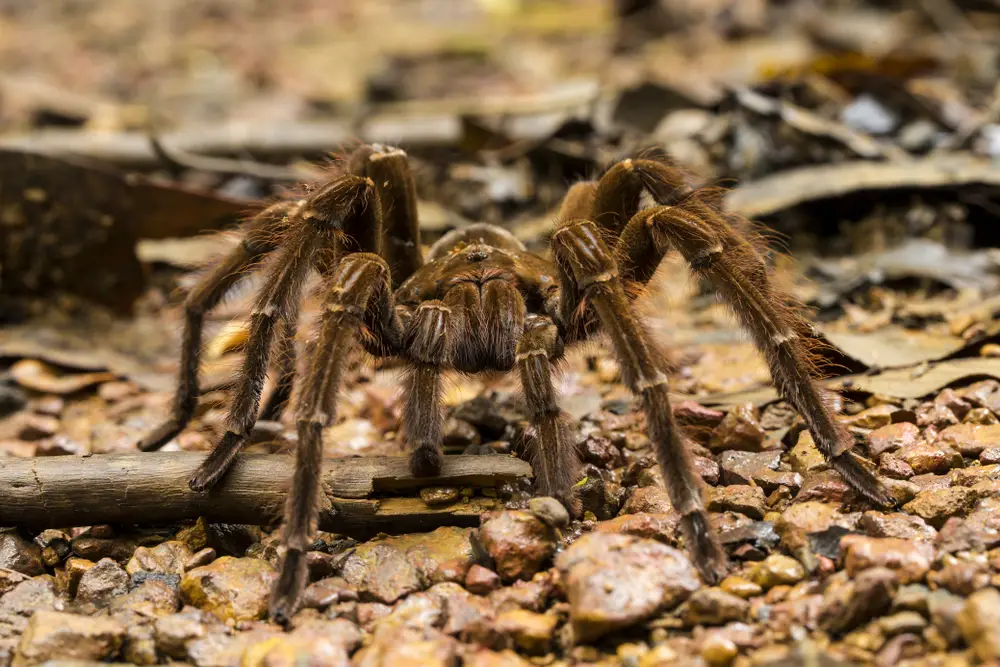
Though not venomous to humans, this massive spider earns a spot for sheer intimidation. Found in the southern U.S. (as an exotic pet), the Goliath birdeater’s enormous size and ability to bite with its large fangs make it a creature to avoid. While its venom is mild, the physical trauma of a bite can still be painful and alarming.
